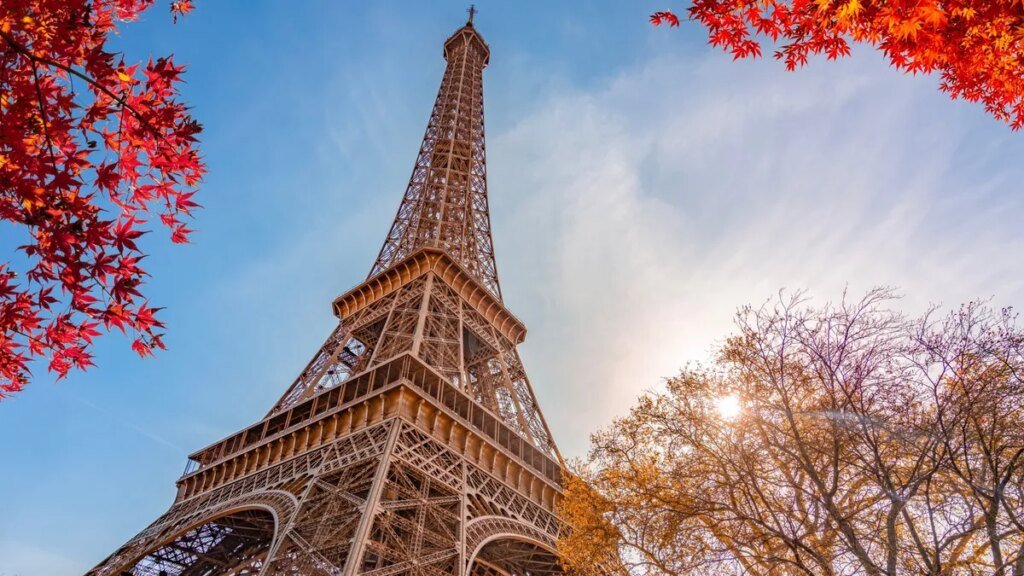PARIS (AP) — A wave of protests surged through over 200 towns and cities across France on Thursday, as demonstrators rallied against proposed spending cuts and called for increased taxes on the wealthy.
In the heart of Paris, thousands of workers, retirees, and students gathered in the afternoon, marching from Place d’Italie. The Eiffel Tower, a symbol of the city, closed its doors to visitors due to the ongoing strikes.
These nationwide strikes, organized by France’s leading labor unions, mark the latest chapter in a series of protests ignited last month amidst political instability and intense budget negotiations. Unions are pressing Prime Minister Sébastien Lecornu to reconsider proposed budget measures that aim for social welfare freezes and austerity actions, which many argue would further diminish the purchasing power of lower-wage and middle-class workers.
Since taking office last month, Lecornu has yet to present comprehensive details regarding his budgetary plans or appoint a new government team, with these announcements expected in the coming days. The divided parliament is set to discuss the budget bill before the year ends.
Sophie Binet, leader of the CGT union, remarked on the unprecedented demonstrations: “It’s true, it’s the first time that there are three days of strikes and protests in a month without a government or budget. It shows the level of social anger,” she expressed. In an interview with BFM TV, she emphasized the urgency of current actions, stating, “Why are we protesting now? Because we feel that it’s now that the decisions are being made, and we want to be heard.”
The French Interior Ministry reported approximately 195,000 protesters took to the streets nationwide, with 24,000 of those participating in the Paris demonstration. The national rail company SNCF indicated that high-speed train services were operating normally, although some regional lines dealt with partial disruptions. In Paris, subway services remained close to normal, albeit with reduced capacity on several commuter trains.
Prior protests on September 18 witnessed over 500,000 demonstrators marching through both small towns and major cities, including the capital, according to police and interior ministry estimates. Unions reported that the total number of strikers and protesters exceeded one million nationwide.
The week preceding these protests featured a day of anti-government demonstrations across France, characterized by scenes of chaotic streets filled with smoke, flaming barricades, and volleys of tear gas, as part of the “Block Everything” campaign.



